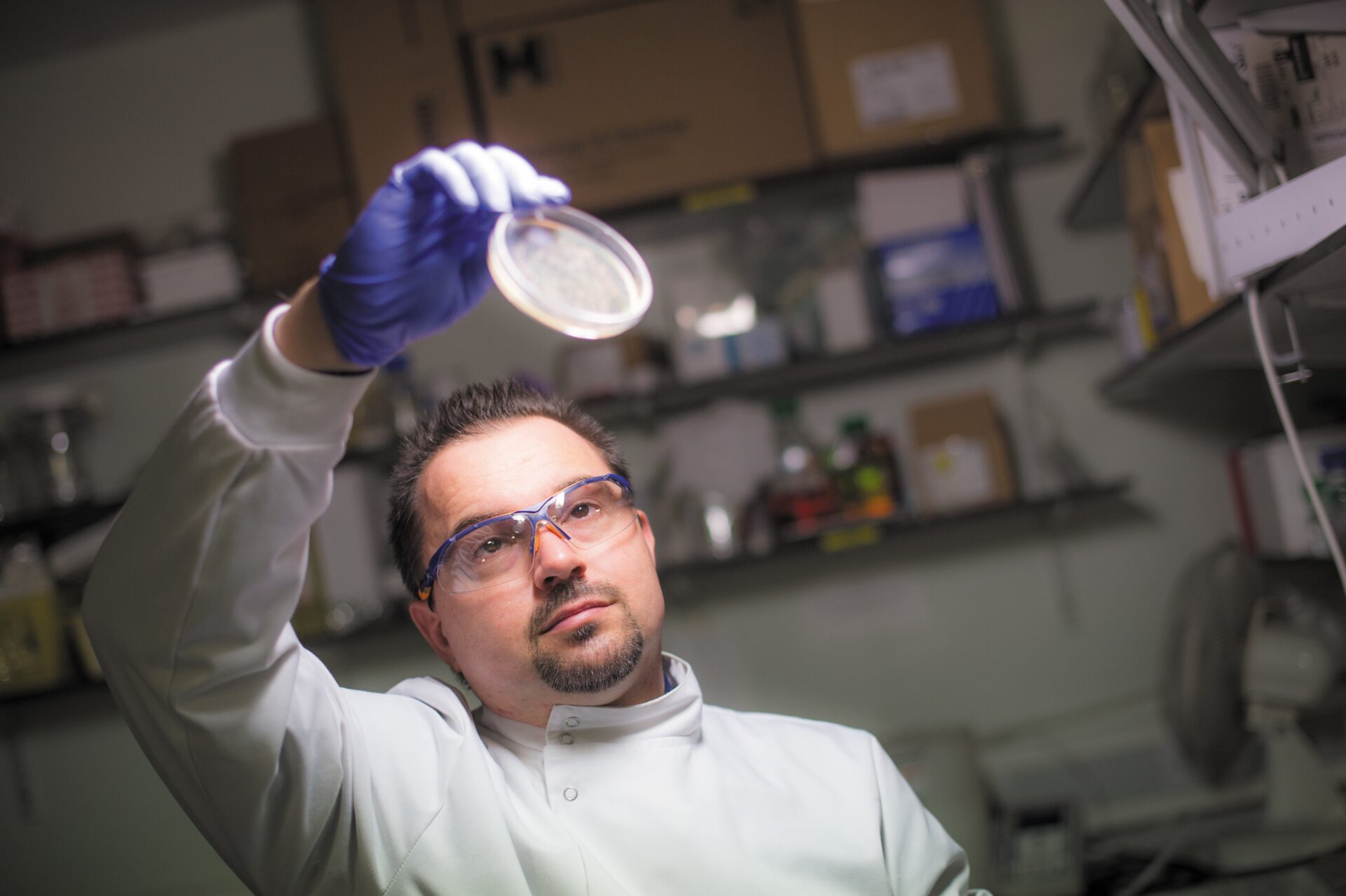TherageniX awarded £995K grant to develop powdered gene therapy for bone regeneration
TherageniX, a University of Nottingham spin out pioneering a dry powder gene therapy formulation for bone graft augmentation, and its collaborator, the University of Nottingham, have been awarded a £995,000 grant from Innovate UK, the UK’s innovation agency. The funding will support the development of the company’s gene therapy in a powder, a non-viral gene delivery system to improve tissue regeneration following surgery. TherageniX will initially focus on orthopaedic applications, with the aim of improving the outcomes for patients undergoing bone grafting procedures.
TherageniX’s proprietary technology allows rapid transfection of patients’ cells with the gene(s) of interest. Following this intra-operative procedure, the transfected cells are then implanted at the surgical site, enabling the body to produce the relevant proteins or factors for tissue regeneration. The grant awarded in response to Innovate UK’s call for “innovative technologies for intracellular drug delivery” as part of its Transforming Medicines Manufacturing programme, will allow the company to focus on developing its non-viral gene delivery system, transforming its liquid formulation into an enhanced dry powder gene therapy.
Dr James Dixon, Associate Professor of the School of Pharmacy and NIHR Nottingham Biomedical Research Centre at University of Nottingham
While any tissue can be targeted using the patented technology, TherageniX will focus orthopaedic applications first. It will combine autologous bone marrow cells from the patient with its platform technology to drive the production of genes, such as BMP for osteogenesis, helping to improve the regenerative capacity of skin, bone, muscle, and cartilage following surgery.
The transplantation of autologous bone is the gold standard bone repair strategy. However, this process has drawbacks and bone implants may fail due to poor integration or infection at the harvest site, or do not provide satisfactory functionality. This can result in delayed recovery, re-operation, poor quality of life and increased costs. TherageniX’s novel gene therapy technology improves upon these bone-grafting procedures, utilizing the body’s cellular machinery to enhance regeneration at the surgical site. The technology easily integrates with established surgical procedures, and rapid transfection of patient’s cells means no additional time is required in the operating theatre. It offers a simple and cost-effective solution to help improve regeneration, leading to better functional outcomes for patients.
Dr Anandkumar Nandakumar, CEO of TherageniX, commented: “Our mission is to advance treatments in repairing tissue damage and we are grateful for the support from Innovate UK at this early stage. This grant is testament to the potential of TherageniX’s novel approach to tissue regeneration and will enable us to make great strides in manufacturing our powdered gene therapy.
Dr Anandkumar Nandakumar, CEO of TherageniX
“We aim to accelerate our R&D pipeline and strengthen our team and hope to continue actively engaging prestigious funding bodies and investors that will enable us to deliver an improved solution to bone grafting that will help patients, physicians, and payors.”
Dr James Dixon, Associate Professor of the School of Pharmacy and NIHR Nottingham Biomedical Research Centre at University of Nottingham, who developed the TherageniX platform, said: “Adapting technology for a rapid application directly to grafted tissue within the operating theatre has been a vision for our gene delivery platform for several years. We have the opportunity here to bring regenerative medicine and gene therapy forward with innovative applications and apply it in ways we could not have envisaged only a few years ago, even to emergency medicine.
“Deployment via a dry powder will allow us to overcome some of the bottlenecks for its impact. We hope that our system will generate a platform of transformative, and economically viable approaches to clinical problems that remain poorly addressed in modern medicine.”






